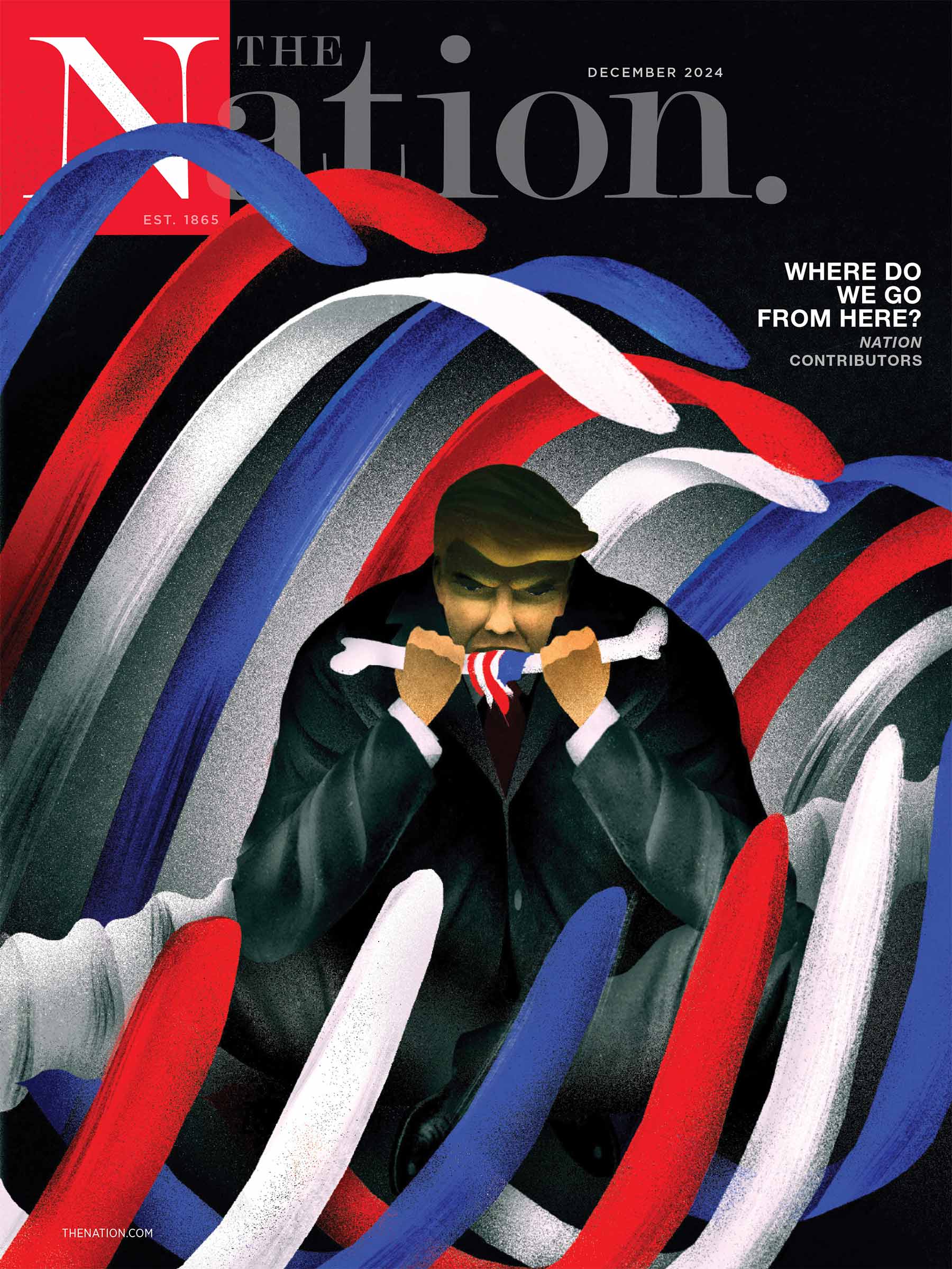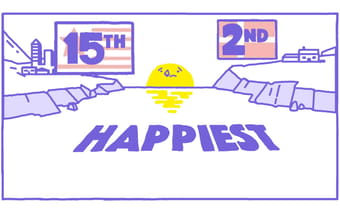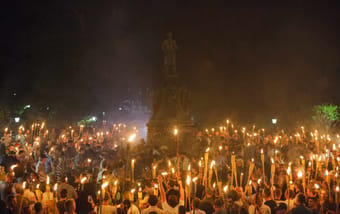One of the longstanding traditions in cryptic crosswords, at least in the United States, has been the division between themed and “plain” puzzles. Typically, puzzles with a theme or gimmick are done with bar diagrams (the most familiar examples are those of Emily Cox and Henry Rathvon, now found monthly as a Wall Street Journal Saturday puzzle. Conversely, puzzles with block (black-square) diagrams like ours are generally expected to be themeless.
We decided to see whether we could shake that up a bit.
In what was—depending on your perspective—either a savvy strategic move or a desperate bid for attention, we seeded our audition puzzle with four long fruit-related entries. That seemed like a promising and mostly unexplored avenue, so since then, we’ve been trying to stick to a rough schedule of giving every third puzzle a theme of some kind.
Two of those are currently on view: #3230, which ran last week, was packed with ten titles of Alfred Hitchcock movies, and the current puzzle, #3231, is in keeping with the general theme of the issue, “Occupy.” Note that although most themes are designed to stay hidden until uncovered by the solving process, some (like “Occupy”) are overt.
To be sure, the range of theme types available in this format is more limited than in a full-blown thematic cryptic. In particular, the fact that our puzzle runs without special instructions precludes us from using the kind of gimmicks or trickery that are par for the course elsewhere: no unclued entries, no oddly shaped diagrams, no altered versions of clue answers entered into the grid. (The one exception so far was our puzzle based on Tinker, Tailor, Soldier, Spy.)
Still, there are a few good strategies for making a cryptic into more than just a collection of individual clues (not that there’s anything wrong with that!). Most of the puzzle themes we’ve used thus far fall into these general categories:
• Thematically linked main entries: These are similar to the themes found in American non-cryptic crosswords like the New York Times’s daily puzzle. Our examples include the Beatles-themed puzzle and one with long entries based on sections of the orchestra. And thematic entries need not be long: our “dimensions” puzzle had ten-letter thematic entries.
• Packing a set of entries (perhaps even a complete set) into the grid as clue answers: the Hitchcock puzzle is one example, and another was #3217 for the Books Issue, which included all the Nobel Prize–winning authors we could find whose names had a differently clueable meaning.
• A recurring motif in the clues: “Occupy” is an example. Another is puzzle #3201, which included the names of the twenty-two member countries of the Arab League. (The puzzle had been intended for a Nation special issue on the Arab Awakening, but accidentally appeared too soon.)
• A constraint in creating the grid: We haven’t used this in any of the puzzles published yet, but keep an eye out for one that’s in the pipeline.
One thing we’ve learned from experience in all of this is that themes need to be pointed out to solvers—even ones that seem dead obvious to us! So we always throw in a reference somewhere in at least one of the clues, because a theme that’s overlooked is a theme wasted.
Case in point: our first puzzle. In addition to putting the homage to our illustrious predecessor Frank Lewis at 1 Across, and including both our names in the clues, we also stocked the grid with several thematic entries—symmetrically placed, no less!—that alluded to the beginning of a new chapter in the Nation puzzle: THE NEXT GENERATION, CHANGE OF THE GUARD, END OF AN ERA, and NEW DEAL. No one noticed. We won’t make that mistake again.


